The Zebrafish is a small species of danio that people commonly keep in their home aquariums. They are popular because of their bright colors and tendency to school. Their name comes from the lines of stripes which run down their sides.
Like all danios, their closest relatives include the minnow and the carp. Read on to learn about the Zebrafish.
Description of the Zebrafish
Generally, this small fish has silver-colored scales and five horizontal blue stripes on its body. However, people have bred a number of different color morphs for these fish. Now, you can find them with red, orange, green, and yellow colored scales.
Individuals in home aquariums typically reach larger sizes than their wild counterparts. In the wild, these fish measure about an inch long on average. Contrastingly, fish in home aquariums reach lengths up to two inches or so.
Interesting Facts About the Zebrafish
For such a small creature, these fish have quite a few interesting traits and characteristics! Learn more about what makes this danio species so unique, below.
- Model Organism – Researchers often use this species as a model organism to study human diseases. Scientists have fully sequenced its genome, which means that they can easily determine what gene mutation causes a given illness.
- Sources of Study – Some of the different diseases and illnesses that researchers study using this fish include cancer, heart disease, immune diseases, eye damage, muscular dystrophy, and more.
- Regeneration – One amazing feature of this fish is its ability to regenerate some types of cells. During their development, if cells in the heart or lateral line become damaged, this species can re-grow the damaged cells.
- GloFish – Researchers used this species to create the GloFish. This trademarked and patented creature is a genetically engineered Zebrafish with fluorescent coloration. You can find these fish in pink, red, yellow, purple, green, orange, and blue coloration.
Habitat of the Zebrafish
In the wild, these fish prefer living in slow moving or stagnant bodies of water. They occupy freshwater habitats, and do not range into salt or brackish water. Some of the different habitats that they live in include ponds, streams, rivers, and even rice paddies. They are quite adaptable and easily survive in manmade or altered habitats.
Distribution of the Zebrafish
This species lives primarily in southern Asia. Its range runs primarily along the river basins of the Ganges and Brahmaputra rivers. You can find this fish throughout India, Bangladesh, and Nepal. Humans have also introduced this species into regions of Florida, California, Connecticut, New Mexico, South America, and Columbia.
Diet of the Zebrafish
These fish are omnivorous, which means that they feed on both plants and animals. Because most measure just an inch long, their prey must be quite small. They feed by snatching up floating particles and small invertebrates in the water column.
Some common prey items include small insects, insect larvae and eggs, zooplankton, algae, and more.
Zebrafish and Human Interaction
Humans interact with these fish quite frequently, both directly and indirectly. People frequently own these little fish as pets in home aquariums.
In their wild range, people also capture this fish to sell in the pet trade. Additionally, damming of waterways impacts wild populations. However, despite these interactions, their population numbers are quite high and the IUCN lists the species as Least Concern.
Domestication
Humans have not fully domesticated this species.
Does the Zebrafish Make a Good Pet
This fish makes a great pet for home aquariums. However, you should always do your research before purchasing a new pet so that you fully understand their care requirements. Additionally, you should always buy animals bred in captivity and not captured from the wild.
Zebrafish Care
These fish thrive in small schools of the same species or other danios. They do not require extensive space, but the more fish you keep in the tank, the tank you need to purchase.
This species also thrives in habitats with a variety of real or artificial vegetation for them to hide in. Finally, you can feed these fish commercially prepared fish food.
Behavior of the Zebrafish
For such a small and insignificant-looking fish, this species has relatively complex behavior. In the wild and in home aquariums, these creatures live in groups known as schools.
Their schools have dominance hierarchies that the fish develop by chasing and biting one another. Dominant animals have access to the best food and breeding territories.
Reproduction of the Zebrafish
When the breeding season arrives, males choose suitable spawning locations and guard them from other males. The best sites contain a gravel bottom with a variety of plants. Females will breed with several different males, and vice versa.
Over a single spawning period the female can produce up to 700 eggs. It takes about two or three days for the eggs to hatch after fertilization. Neither the male nor the female provide any protection for the eggs or young.

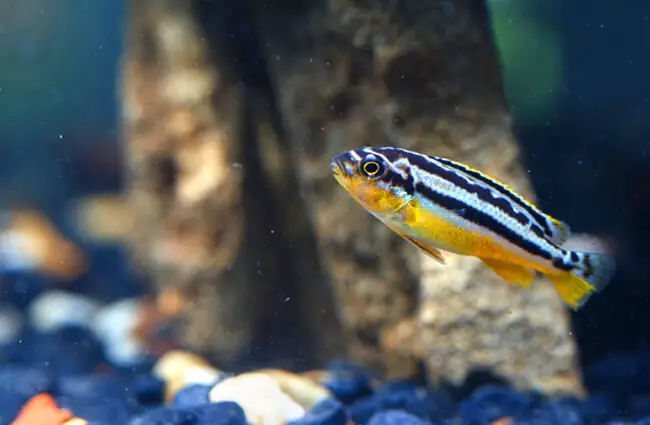
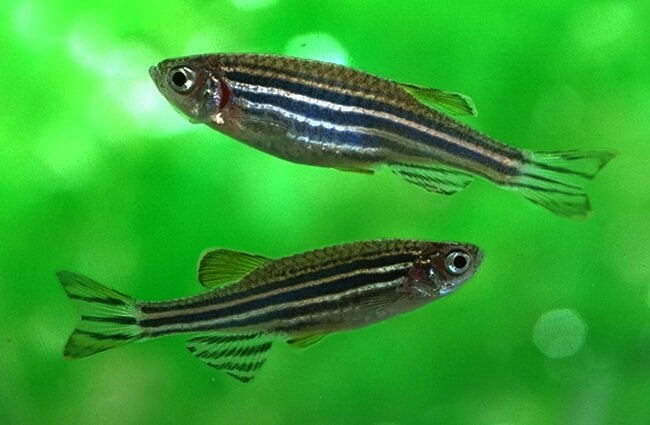

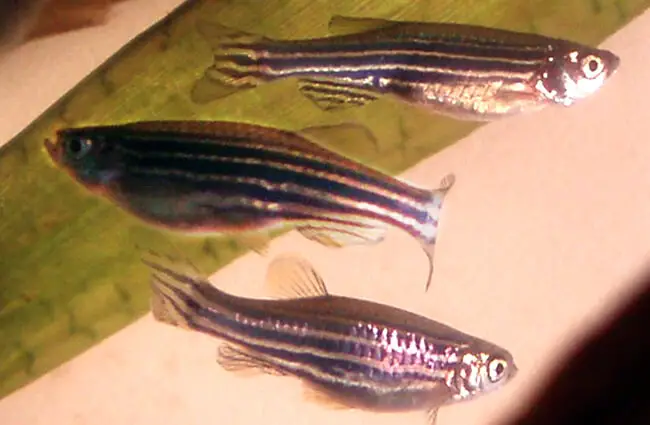

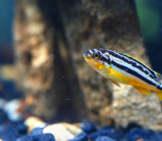
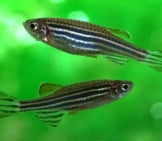



![Red Angus Closeup of a beautiful Red Angus cowPhoto by: U.S. Department of Agriculture [pubic domain]https://creativecommons.org/licenses/by/2.0/](https://animals.net/wp-content/uploads/2020/03/Red-Angus-4-238x178.jpg)












![Red Angus Closeup of a beautiful Red Angus cowPhoto by: U.S. Department of Agriculture [pubic domain]https://creativecommons.org/licenses/by/2.0/](https://animals.net/wp-content/uploads/2020/03/Red-Angus-4-100x75.jpg)

